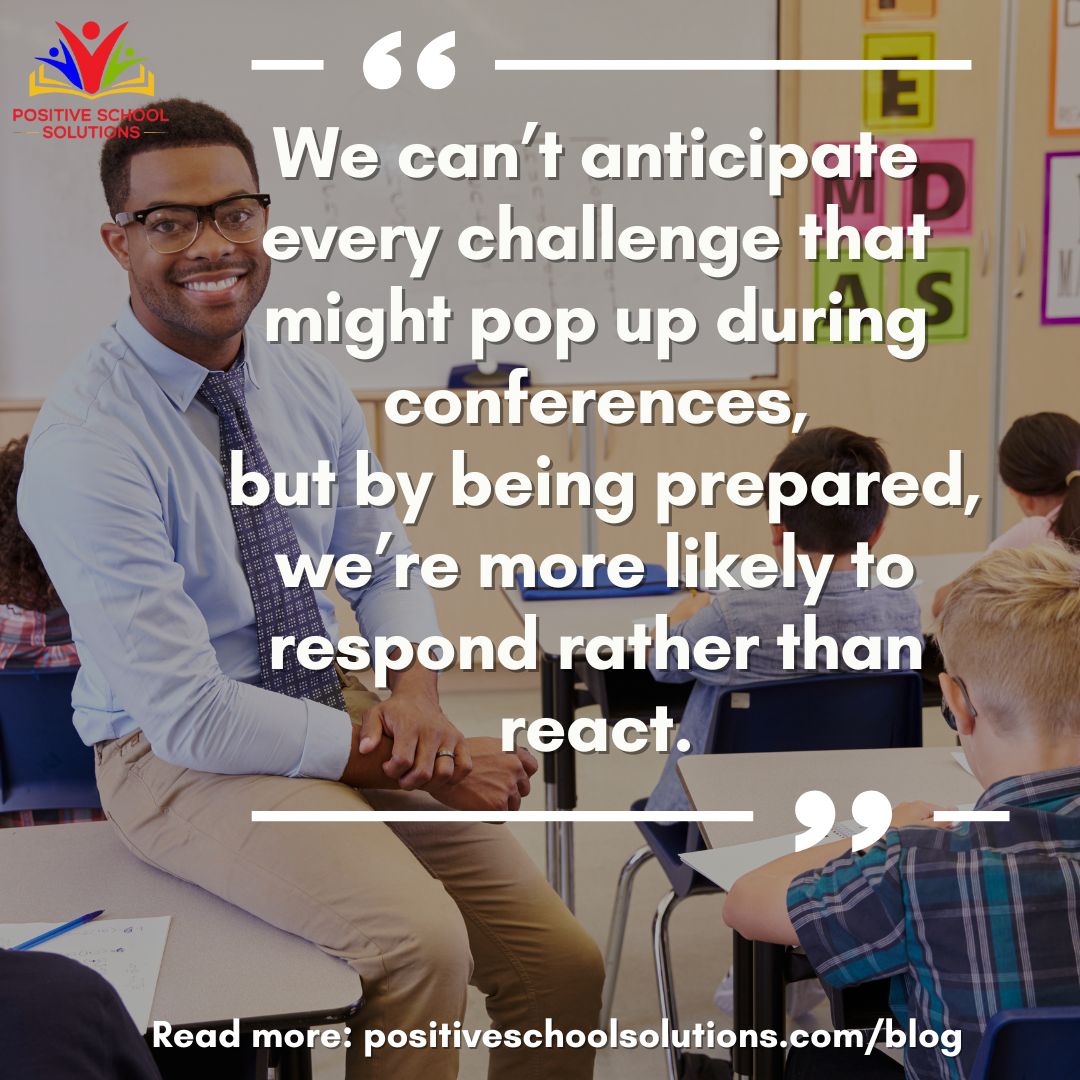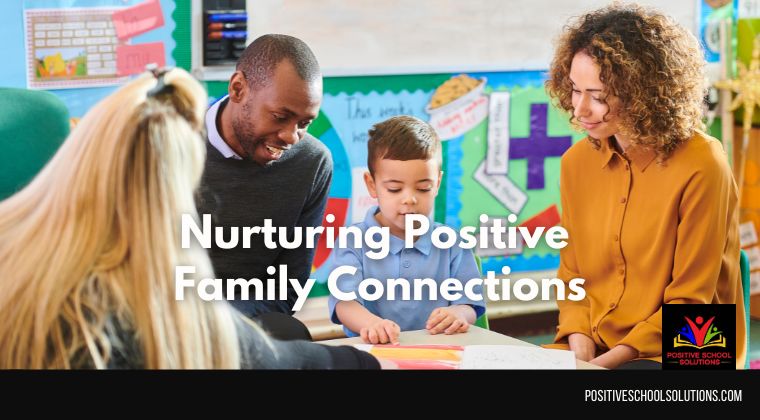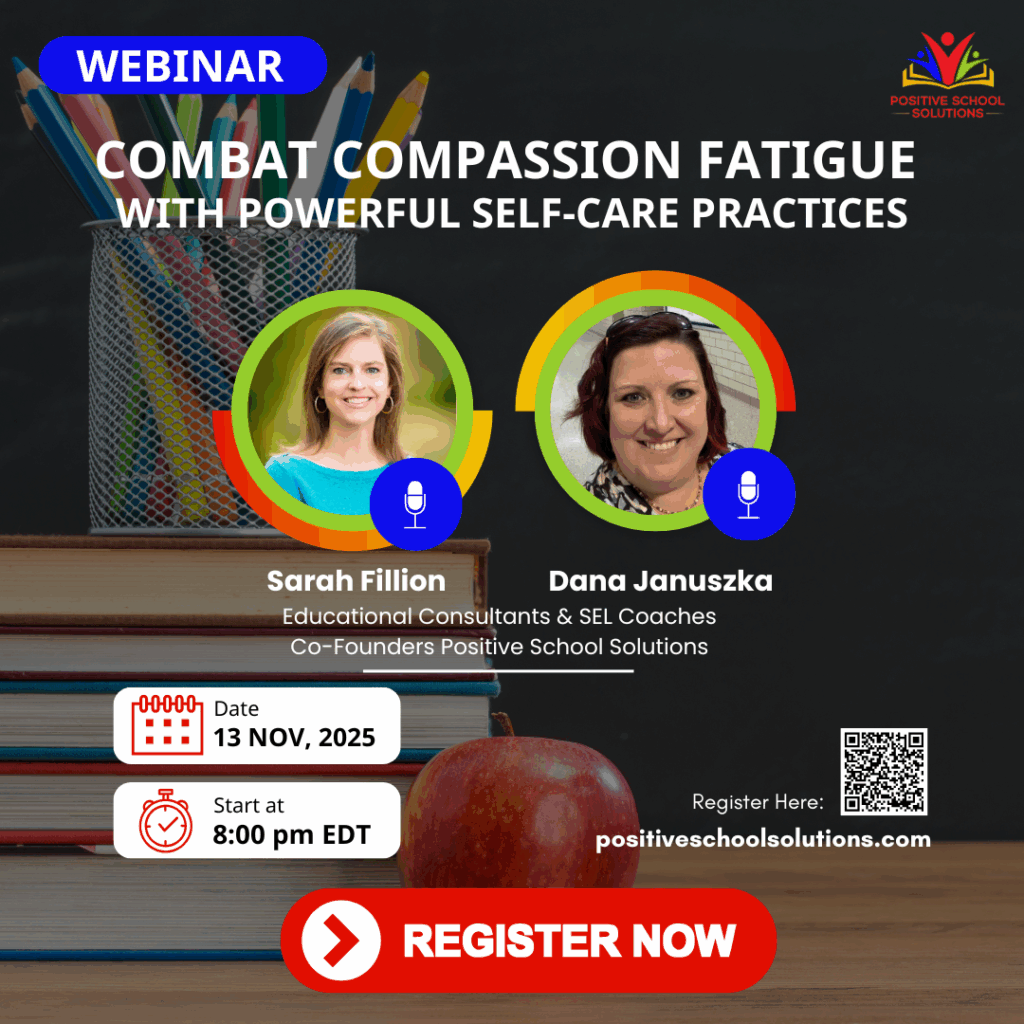 Now that you have a solid before and after conference plan, structure to keep the conference moving, and know how to engage caregivers during the conference you’re set right? What could possibly happen? (wink, wink)
Now that you have a solid before and after conference plan, structure to keep the conference moving, and know how to engage caregivers during the conference you’re set right? What could possibly happen? (wink, wink)
While anything could happen, there are a few common recurring challenges that crop up during conferences and we’re here to help you prepare you to navigate them. Thinking about these challenges ahead of time will help you maintain positive and productive conferences without feeling flustered.
Challenge: My schedule is off!
With the back-to-back nature of conferences, the biggest challenge often is around timing. What happens if someone is 5 – 10 minutes late? What happens if someone doesn’t show up at all?
Suggestion
In an ideal world, through your preparation and planning, your conferences are scheduled to be 20 minutes long, but each time slot is 30 minutes. The ten-minute window between conferences can serve as a catchall – take a break, review/add to your notes about the student, or make-up time for a delayed start. Even with that extra ten minutes, you still might run into issues with timing, and we realize that not everyone has that flexibility in scheduling, so here are a couple other ideas to help streamline the timing…
- In sharing the structure for the 20-minute conference from our previous blog post upfront, you are expressing your appreciation for the busy-ness of families and are also setting boundaries for yourself.
- If you find that an attendee is more than 10 minutes late, have a back-up plan of when you have free slots available or another day that they can confer with you. This is also helpful to know in case you have a conference that is running long.
- As you near the end of the 20-minute conference, work in the remaining time with a question or statement. For example, “In the last 5 minutes remaining, I would like to share my goals for ____ in this next quarter.”
Challenge: Caregivers haven’t signed up for a conference time, are late, don’t show up, or don’t say anything during the conference.
Through our own experience in various school settings, as well as coaching teachers across the globe, we have heard many times that “‘these’ families don’t care about conferences or how their child is doing in school.” I didn’t believe it when I was a teacher, and I don’t believe it now. Caregivers do care about how their children are doing in school, although there can be a host of factors that influence how much enthusiasm they show before, during, or after the conference.
Why might caregivers seem less than enthusiastic to talk about their child’s progress in school? Here are a few common manifestations and reasons other than ‘they aren’t interested’ or ‘they just don’t care’:
- The caregiver doesn’t sign up for a conference time.
- The caregiver might work multiple jobs and not have any available time that aligns with conference time, might not be familiar with the conference process, miss the email, or the letter might not be in their native language.
- Suggestion: Talk to last year’s teacher or the guidance counselor to see if they have additional information. If the student is new to school, ask questions – did you have conferences in your previous school?
- The caregiver might work multiple jobs and not have any available time that aligns with conference time, might not be familiar with the conference process, miss the email, or the letter might not be in their native language.
- During the conference, the caregivers do not say anything.
- In some cultures, it is believed that the teacher has the highest level of respect and therefore should not be questioned (or interrupted). Or, a person may be muted without realizing it! As teachers, we tend to speak quickly, which may also lead to time needed to process the information, which manifests itself as silence.
- Suggestion: Pause and ask questions such as, “I just gave a lot of information – do you have any questions?” or “Can I clarify anything for you?” Also use wait time – pause and take a sip of water or shift your position to give yourself something to do as you wait for them to process. For additional questions and suggestions on elevating the engagement in conferences with caregivers, visit our Conference Engagement: Providing Space For Thoughtful Responses
- In some cultures, it is believed that the teacher has the highest level of respect and therefore should not be questioned (or interrupted). Or, a person may be muted without realizing it! As teachers, we tend to speak quickly, which may also lead to time needed to process the information, which manifests itself as silence.
- The caregiver doesn’t show up on time (or at all).
- Childcare, car issues, finding a parking spot, finding the room, having anxiety about coming into a school, not knowing how to access or use Zoom… the list can go on and on. This feels personal, but we guarantee that it is not!
- Suggestion: Send a letter or email to the family and share that they were missed. Offer times that you have available to see when they could meet with you to hear about the progress of their child. If they don’t communicate at all, provide a high-level written summary of the many strengths of their child and one or two areas to work on.
- Childcare, car issues, finding a parking spot, finding the room, having anxiety about coming into a school, not knowing how to access or use Zoom… the list can go on and on. This feels personal, but we guarantee that it is not!
Challenge: Difficult conversation
Difficult conversations can fall into many different categories. Two of the most common are:
- The caregivers share that they do not see the same behavior at home, so they have a hard time processing the information.
- The family wants to compare their child to other students in the room.
Suggestion: Having individual work samples and examples are beneficial to ensuring that the conferences remain productive and focused on the student, not comparing them to others. In addition to providing factual information on the samples, the work itself becomes a third-point. Thinking about conferences and conversations, you have two points – yourself and the other party engaged in the conference. By having something on the table that you can point to and refer to, you break eye contact with the caregivers and focus both of your attention on the artifact, which becomes the third point in the conversation. This can help conferences stay focused on the student being discussed, instead of comparing them to other students, and can help provide data to the caregivers if this is something that is not in alignment with what they have heard in the past or see at home.
For conferences being held via technology, have the work ready to view together through screen sharing. You can take pictures (or scan) and add to a slideshow for each student, or you can use a document camera to share in real-time the artifacts you are looking at.
Our language is critical to keeping this conversation moving in the right direction. Regardless of the reaction of the caregivers, when you are delivering a growth area or a challenge that is presently being worked on, frame your information in a way that is clear, direct, and respectful. For more on this, see our previous blog on Effective Teacher Language.
Challenge: Welcome falls flat
When caregivers enter the room for a conference (or even before as they wait for the previous conference to wrap up), it is important that we create a warm welcome – the first few seconds will create a lasting impression. Potential challenges that could occur during the waiting time or first welcome: frustrated over the amount of wait time, slideshow for waiting families wasn’t working, you accidentally greet the individuals by the wrong name.
Suggestion: During this welcome, we want to make sure that we know how to address the caregivers attending (do they both have the same last name, for example) and so think about how you will greet them. To err on the side of caution, instead of welcoming individuals by name (unless you know them well already), consider greeting them by the student’s name – that places the student front and center in the conversation during the welcome. For example, greeting two individuals by saying “Good afternoon! I appreciate you making time to come in to discuss Malcom’s progress in 3rd grade.” From there, if this is your first time meeting the individuals face-to-face, make introductions “I’m Sarah Fillion, Malcolm’s third grade teacher this year.” and let them introduce themselves.
Hopefully, through your careful planning and preparations, your conferences remain on schedule. If, for some unforeseen reason, your next conference party is stuck waiting for you, greet them warmly, express appreciation for their patience and for waiting, and then jump into the conference at hand. If you are conducting your conferences via technology, you can send a message to the individuals in the virtual waiting room to let them know you are on your way, which will help alleviate their worry that they are in the wrong place.
Regarding challenges that you are not in control of, and therefore can’t plan for, express empathy with your words and direct the conversation to the task at hand. For example, “Oh – that’s frustrating to hear the slideshow wasn’t working. I’ll make sure to restart it after this conference and will send you a link to view it. To honor your time, let’s start our conference about Miriam.”
Unfortunately, we can’t anticipate every challenge that might pop up during conferences, but by being prepared and remembering to take a deep breath when faced with a problem, we’re more likely to respond rather than react. Taking each challenge that faces us with a deep breath and responding thoughtfully and respectfully will result in keeping the conference on track and lead to a more productive and positive experience for all.
For more on building relationships with families, check out our On-Demand Course: Nurturing Positive Family Connections
Written by Sarah Fillion & Dana Januszka for Positive School Solutions 2020


